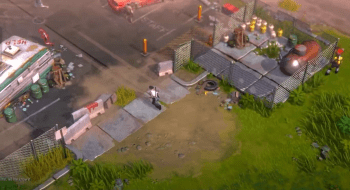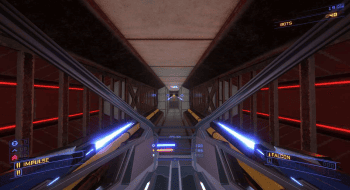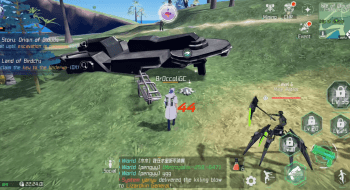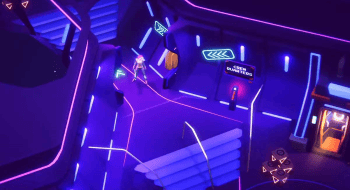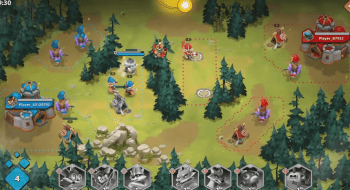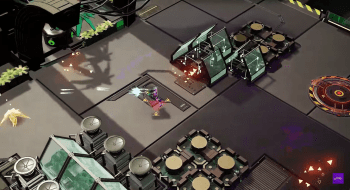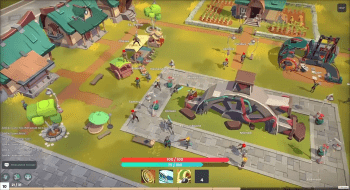[intro] The Walking Dead:Empires is a multiplayer survival MMORPG for PC (Windows, Mac) set in the treacherous world of AMC's The Walking Dead, where players strive to survive in a harsh reality by scavenging for supplies, crafting valuable items and building a safe home while teaming up with allies and competing...
[intro] The Beacon is an upcoming free-to-play fantasy action roguelite RPG for PC (Windows) and browser. The game is set in a fantasy world where players enter unique dungeons, battle monsters, and upgrade their combat prowess and style along the way. The core game features multiple game modes (e.g. solo, PVE and...
[intro] Voyager: Ascension is a fast-paced, six-degrees-of-freedom sci-fi shooter (FPS) for PC (Windows) by RFLXT and Refactor Games, where players pilot and battle their way through underground facilities on Saturn's moons in search of a mysterious cosmic entity. The game features 16 single player stages, and 12...
[intro] MetaCene is a free-to-play, sci-fi MMO action role-playing game (ARPG) for PC (Windows), developed by Pangu Software Pte. Ltd. The game emphasizes dynamic multiplayer interactions, where players can engage in both cooperative and competitive gameplay. The world of MetaCene is structured around different...
[intro] Wanderers is a free-to-play sci-fi roguelite game for PC (Windows/Mac) by Blowfish Studios. Players hack, slash, shoot, and dash through a procedurally generated universe dominated by a colossal artificial Wormhole. Players control Wandernaut avatars, utilizing unique deck-building mechanics to unlock RAM...
[intro] Wild Forest is a free-to-play real-time strategy (RTS) game for PC (Windows, Mac) and mobile (Android, iOS) by Zillion Whales HQ. Its gameplay blends traditional RTS features, including base building, resource management, and direct control of units with deck building mechanics. Players build armies,...
LAND
$LAND is the central in-game currency and governance asset in Outlanders, an upcoming MMORPG for...
[intro] Sipher Odyssey is a free-to-play, fast-paced top-down looter shooter action RPG with rogue-lite elements for mobile (Android, iOS), developed by Ather Labs. The game features both melee and ranged combat mechanics, various single-player, coop and multiplayer modes, procedurally generated levels. Players...
EMBER
$EMBER is an Ethereum-based, ERC20 token which serves as a cryptocurrency in Ember Sword, an...
[intro] Ember Sword is an upcoming MMORPG for PC (Windows & Mac) and browser, developed by Bright Star Studios. The game is set in a science fantasy world and features PvP and PVE modes, a classless combat system, various skills and activities, play to earn mechanisms, and players can have their own,...
ATHER
$ATHER is the governance and utility token of The Ather Collective, meant to power a decentralized...
ATLAS
$ATLAS is a Solona-based, SPL token used as a cryptocurrency in Star Atlas, a space adventure and...
